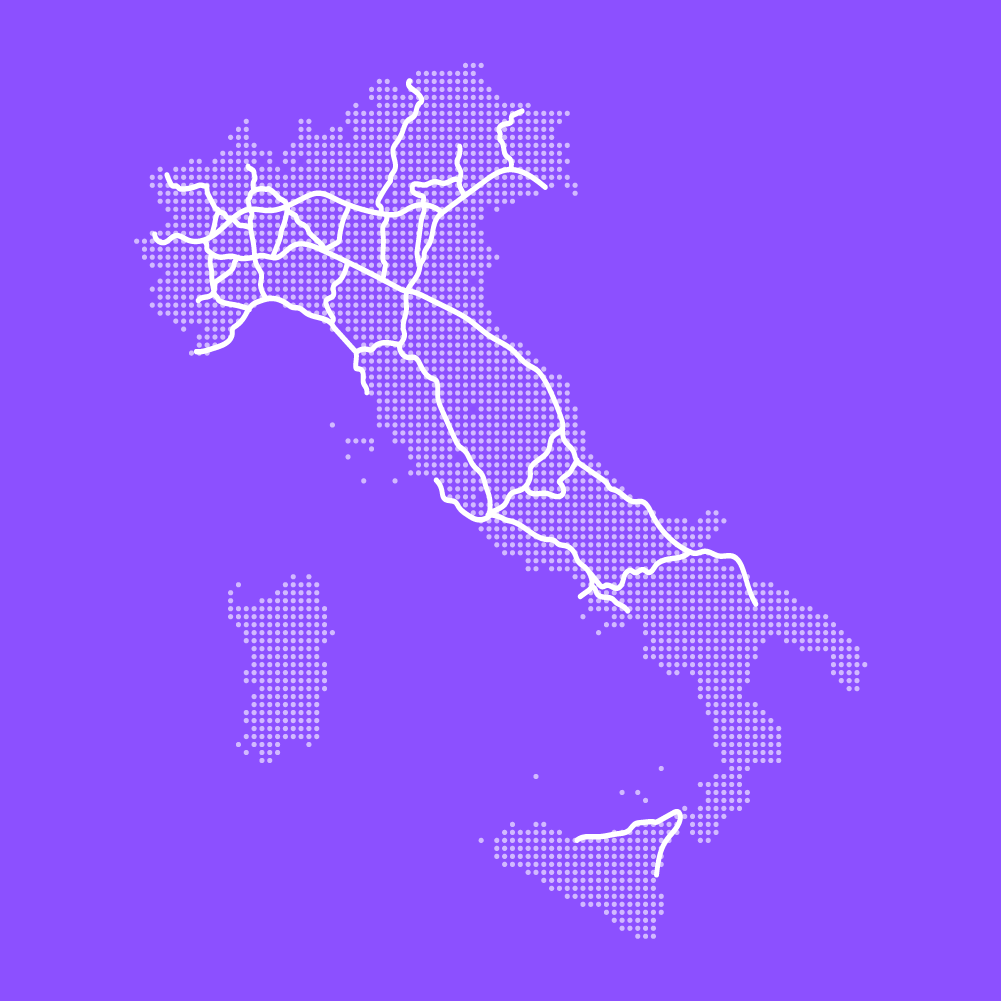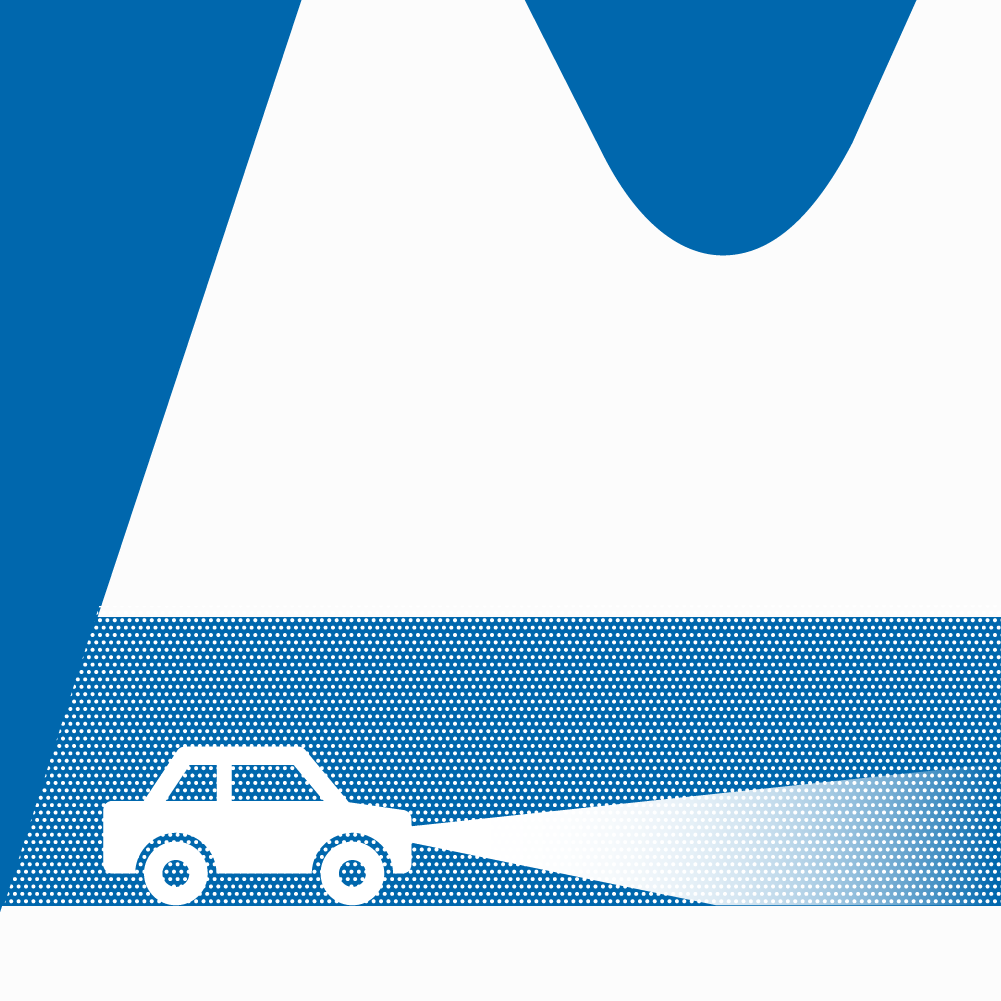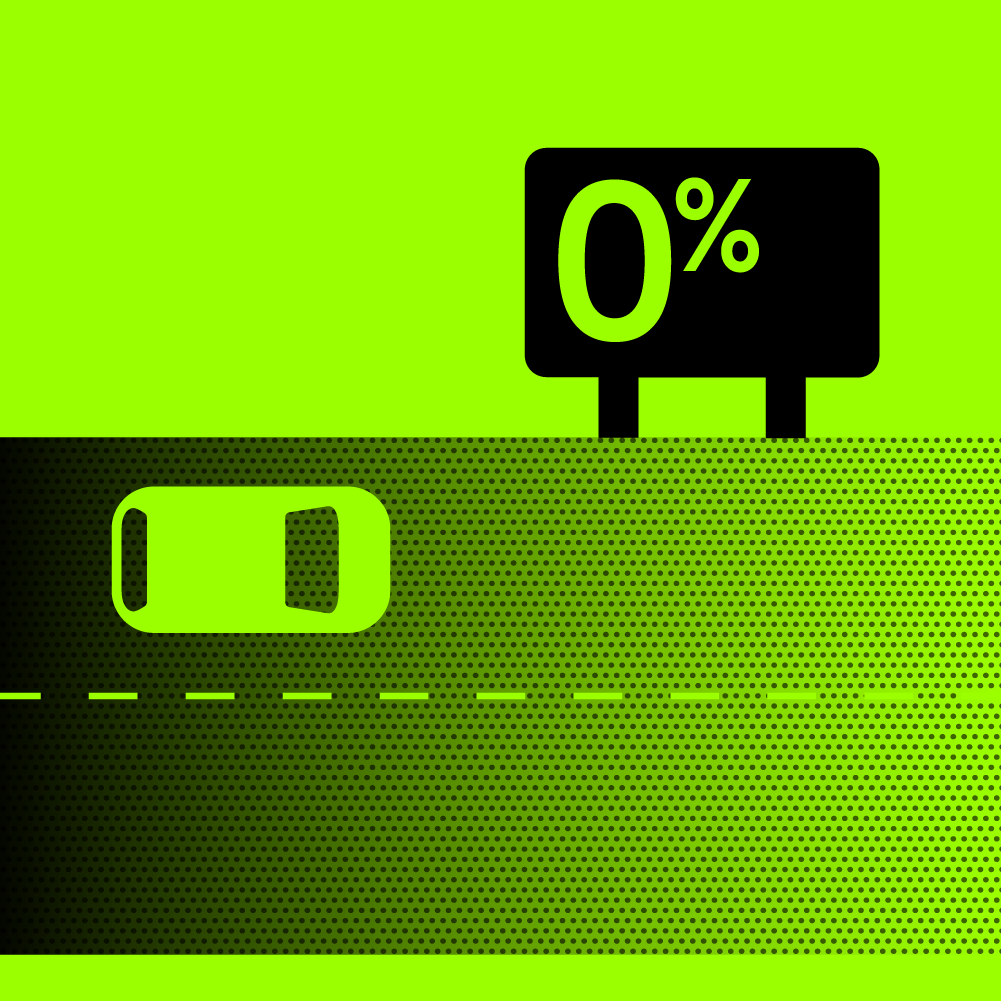The seventh transport revolution runs on motorways
In the journey towards a new conception of mobility, motorways, which will turn 100 in 2024, are the ideal laboratory for refining and accelerating processes
The guy who invented the first wheel must have been an idiot. The guy who invented the other three was a genius (Sid Caesar). Even without “the other three wheels”, this invention has clearly influenced our history, to the point of triggering the third revolution in transport around 3500 B.C. The first revolution originated from animal traction, the second from sailing and the fourth from steam-powered traction, after over 5000 years. Today, after a series of technological breakthroughs which, from the internal combustion engine to electrification and container logistics, have led us to the sixth revolution, it is time to welcome the seventh transport revolution, which starts with motorways.
Investments to modernise the Italian motorway network
In 2024, the Italian motorway network will be 100 years old. In the century of the automobile, our motorways have evolved beyond imagination: the network has extended for more than 7,000 kilometres, with around five million vehicles travelling it every day, i.e. one eighth of the national car fleet (40 million vs 50,000 in 1924). A hundred years ago, it was hard to imagine the future impact of motorways on our lifestyles and on the opportunities for people and goods to move: a crucial impulse for the country’s economic development, which has travelled and keeps travelling predominantly by road.
Therefore, in addition to meeting the ever-increasing needs of sustainability and transition, it is crucial to accelerate the profound transformation already underway in the entire transport system – the seventh revolution – starting with the motorway network. The most important phase is modernisation, to secure the key role of motorways for the country: prompt actions are to be taken to upgrade and widen the motorway network by increasing the number of lanes and junctions, while planning the regenerative maintenance of bridges, viaducts, tunnels and barriers – assets often deteriorated by time – to extend their useful life, adjust them to the new technical safety standards and increase their resilience against extreme and ever-increasing weather events.
A plan to digitise Italy’s motorways
Another key step in bringing about the seventh revolution is digitisation, which integrates the most advanced technologies into the Italian motorway network to facilitate management and increase efficiency and safety. The real-time collection and analysis of large amounts of data enables the automation of all operational processes and significantly improves the driving experience for users. Digital solutions provide real-time monitoring of both infrastructure (with all the benefits of predictive maintenance) and traffic flows, now managed remotely with immediate warning when an emergency occurs.
Moreover, the benefits for the operator and users increase as self-driving vehicles spread out. The medium-term perspective is based on a fully automated motorway, able to accommodate a greater number of vehicles (since flow and speed will be constantly monitored and calculated) and to send users more and more useful real-time information. These are the objectives underpinning the Mercury Programme, launched by Autostrade per l’Italia following the Smart Road decree enacted by the Ministry of Infrastructure and Transport in 2018. Moreover, the programme’s five groups of initiatives will also provide an active contribution to the decarbonisation process, as digitisation measures alone would enable a reduction in motorway emissions of between 10% and 20%.
Target 2050: zero fatalities on Italy’s motorway network
The integration of digital traffic flow control systems incorporates another major benefit, i.e. the exponential increase in safety. The many features available – from traffic flow management to speed and safety distance control systems, to the possibility of rapid intervention in the event of emergencies – in parallel with an ever-increasing percentage of autonomous or semi-autonomous driving vehicles, will lead to a virtual elimination of human error and, as a consequence, of accidents, which in 90% of cases are due to distraction or misconduct of the driver. A goal also called for by the European Union’s Vision Zero plan, which aims to eliminate fatalities on European roads by 2050.
On the path towards the decarbonisation of the motorway network
Decarbonisation goals go hand in hand with digitisation, which is however not the only factor that contributes to the process in the case of the motorway network. The Mercury Programme involves many other areas of action, from the increasing spread of automated toll payment systems (which help mitigating emissions by reducing queues at tool booths) to renewable energy sources to power lighting and the upgrade of the charging infrastructure for electric vehicles. In this regard, 100 high-power charging stations have been successfully installed. Each charging stations offers four to eight lots capable of delivering up to 350 kW for super-fast and environmentally friendly recharging, as they are co-powered, where possible, by photovoltaic panels and supplemented by renewable energy storage systems.
Decarbonising also means designing environmentally sustainable assets, with construction sites based, whenever possible, on the principles of the circular economy: reuse and reconditioning of materials, smart use of water resources, reduction of waste, containment of pollution. Lastly, decarbonising means preserving the surrounding environment, as Italian motorways manage a considerable heritage of trees and green areas.
Counter-intuitive as it may seem, motorways can provide a strong contribution to the ambitious decarbonisation targets set for the Italian transport sector by the EU, which require a 43% reduction in emissions by 2030 vs 2005, and carbon neutrality by 2050. Studies have shown that the existing policies in Italy would be insufficient to achieve the targets to be met in the long run. However, when applied to motorways, such policies are 50-90% more effective than for other road types.
In other words, in the path towards a brand-new conception of mobility – the seventh revolution we cannot escape – motorways are the ideal testing field for applying and refining processes and they will be once again the driving force behind them, as they have been over the last hundred years.























